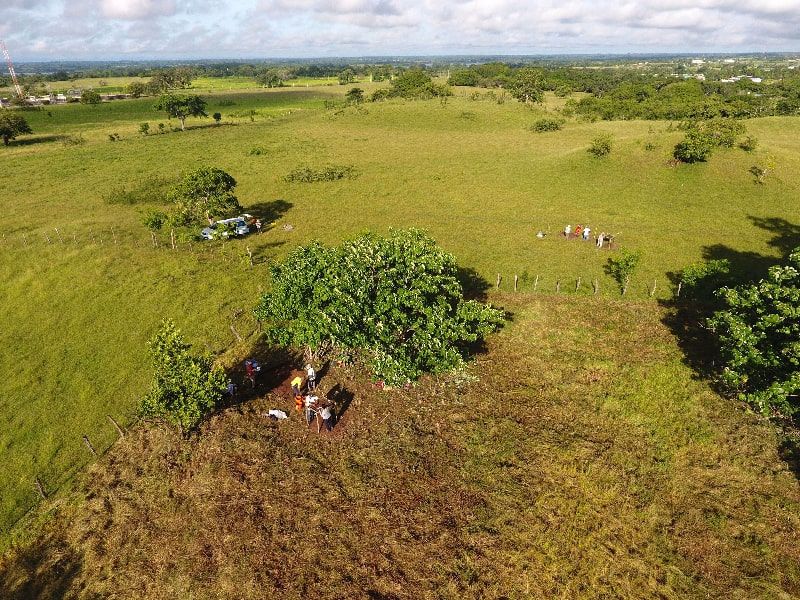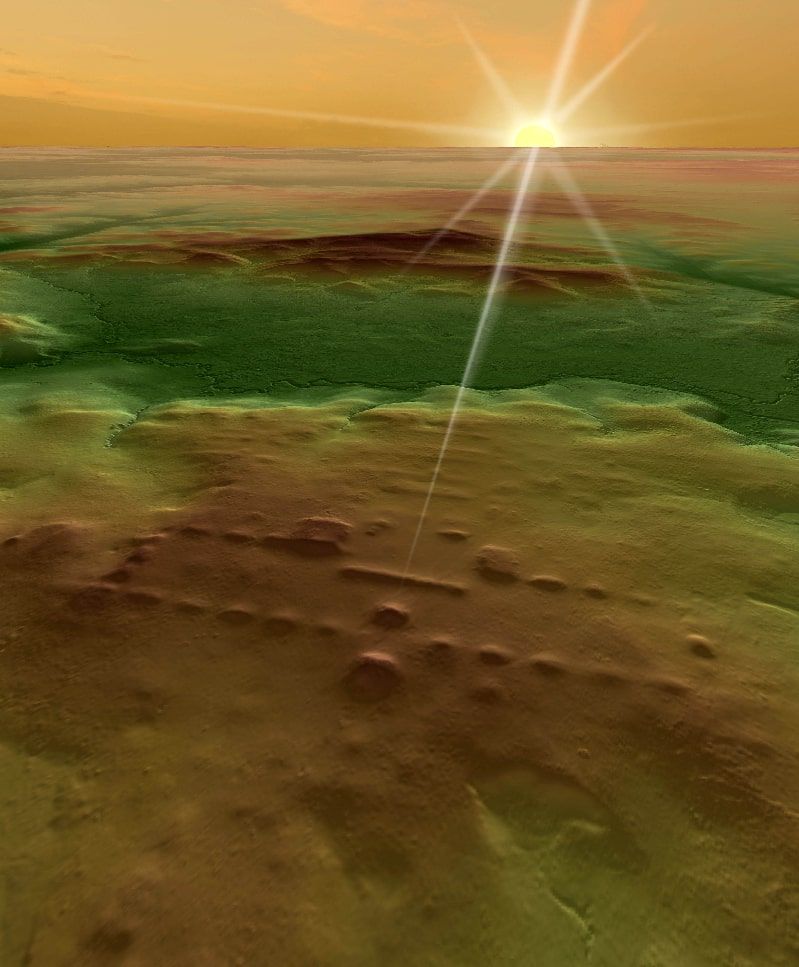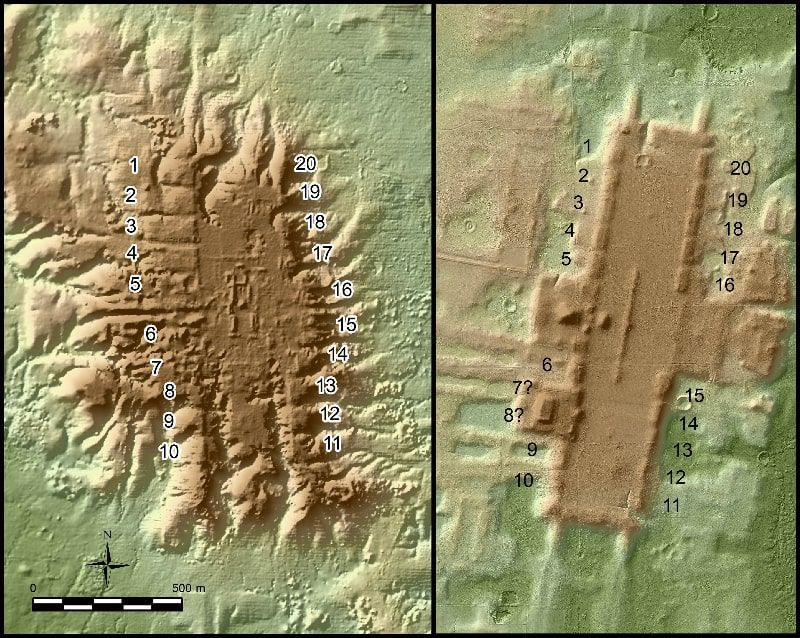Close cultural relationship prevailed between Olmec and Maya civilizations
Researchers discovered almost 500 constructions under the soil of Tabasco and Veracruz; they cover 85 thousand km2. Several of the constructions follow what seems to be an agricultural calendar in the region. Laser mapping was used in the research.

Not only the area of coverage but the links and exchanges between the Olmec and Maya peoples in their early stages were more common and stronger than previously thought, explained Miguel Garcia Mollinedo, from the Anthropology Postgraduate Program at UNAM and collaborator of the Middle Usumacinta Archaeological Project.
The researcher participated in the discovery of almost 500 ceremonial centers in the area of Tabasco and Veracruz, most of them built between 1100 and 400 B.C., several centuries before the peak of the Mayan civilization in the Classic period (250-950 A.D.), and presented in the journal Nature Human Behavior.
Together with Melina Garcia, from the Graduate Program of the Institute of Anthropological Research, Garcia Mollinedo has been working for some time with the team of Takeshi Inomata, from the University of Arizona and leader of the Middle Usumacinta Archaeological Project, who discovered the 478 sites using the airborne laser mapping system or LIDAR.
And he added: in 2020 the discovery was published, so to speak, of Aguada Fénix and the surrounding sites in the Middle Usumacinta region, now what is presented is the analysis of the site, together with INEGI, of 85 thousand square kilometers that cover the region that was made known, as well as the rest of Tabasco and part of the south of Veracruz.
The discovery, said the university professor, transforms the understanding of the academics on the origins of the Mesoamerican civilizations, in particular between the Olmec and Mayan cultures, since it shows a series of temples and sites that are perfectly oriented with a possibly ritual sense.
Originally, he added, some did not believe that the alignment of the buildings had an ideal meaning, but what has been seen is that several coincide with specific dates of the calendar, for example in Aguada Fénix it coincides with the rising of the Sun on February 19, and Buenavista does it on March 5; that is to say, similar with an agricultural calendar from February to October that counts the days in the twenties.

The project, carried out in collaboration with the National Institute of Anthropology and History and the National Institute of Statistics and Geography, revealed highly standardized patterns in the constructions, which include rectangular plazas delimited by lines of low mounds, which measured up to 1.4 kilometers in length.
"We think that there was a shared tradition of planned and standardized architecture between these regions, although they could have been different cultures, we are not thinking that they are all Olmec or all Mayan, and we are trying to find out what else was shared, but the report in Nature shows that the architectural tradition extends throughout the analyzed part," the researcher said.
The paper explains that the centers were probably the first material expressions of the basic concepts of Mesoamerican calendars, most of them located in Aguada Fénix, which is in the western Maya lowlands.
But the others, which are very similar to Aguada Fénix, are scattered over a wide area, suggesting that the prototype of these standardized formats developed at the ancient Olmec center of San Lorenzo between 1400 to 1000 BC.
"San Lorenzo, which is one of the oldest sites in Mesoamerica, was the initial design, so to speak because it begins to be inhabited around 1800 B.C. and its peak reaches 1400 B.C., long before Aguada Fénix had the first location, so we think that this inspired the one in Aguada Fénix 300 years later and what we do not know is if this design traveled from the Gulf Coast to Tabasco or the other way around", detailed García Mollinedo.

Although there was a hierarchical organization in San Lorenzo, as shown by the colossal head sculptures, the standardized sites found in this study probably did not have a marked social inequality; apparently, they moved regularly, so they lived in each site for a short time.
The standardized complexes in this area were abandoned after 400 B.C., but some of their elements were adopted by later Maya centers, providing an important base for this civilization.
Another of the results is that one of the mapped sites, located in Pajonal (Tabasco), is a miniature "replica" of what we know today as La Venta, a site that was to be excavated in 2020, but due to the pandemic was suspended, informed the university professor.
The characterization is carried out with a non-invasive method, since the LIDAR system is used, through INEGI, which can make three-dimensional maps of the ground for the detection of archaeological structures penetrating the vegetation.




